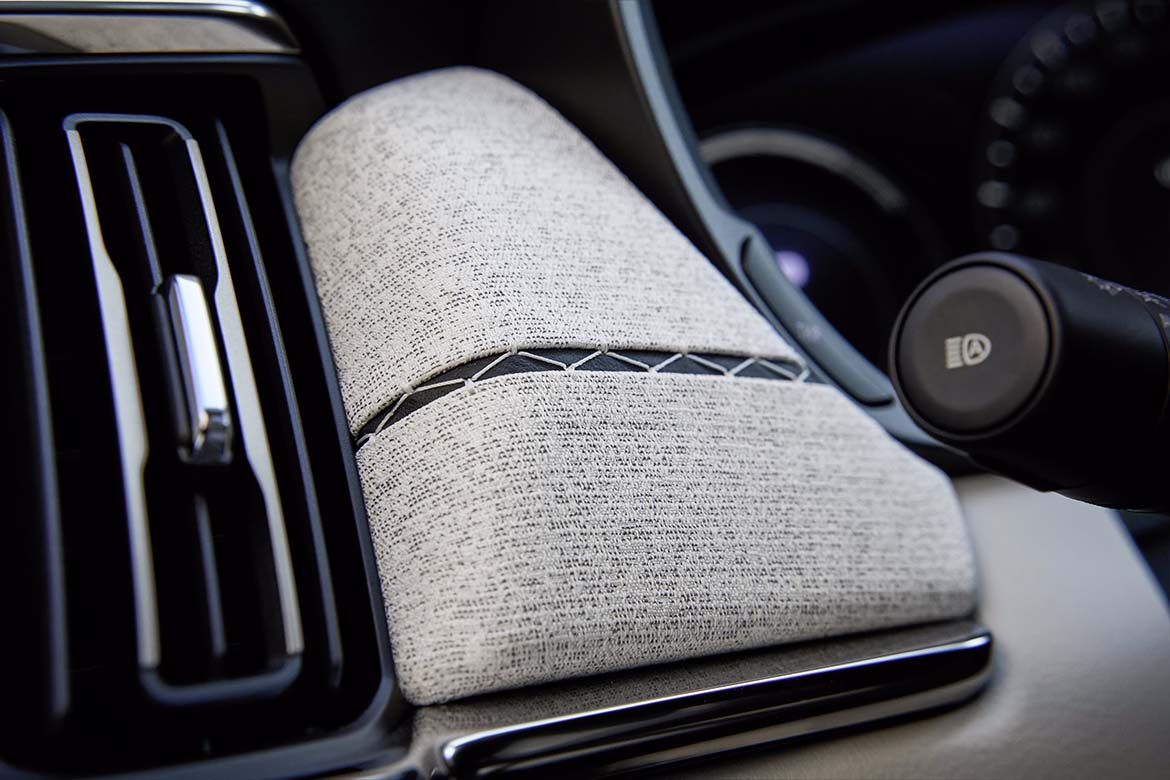With the CX-60 Mazda officially enters the large SUV segment for the European market. The design is the result of collaboration between Mazda’s style centres around the world in Europe (led by Jo Stenuit), the United States and Japan, and from a stylistic point of view the CX-60 represents the flagship of the “Kodo-Soul of Motion” design philosophy, which entered a new phase after the launch of the Mazda3. For its flagship SUV, the Japanese brand has focused everything on ride comfort and quality of materials, elements that can be found in the CX-60 we tested on the streets of Leverkusen (Germany), near the Mazda Europe headquarters.
The version we tested was the plug-in hybrid version. The technical configuration features a four-cylinder 2.5-litre petrol engine at the front, coupled with a 100 kilowatt electric and a 17.8 kilowatt-hour in-floor battery pack for 60 kilometres of zero-emission range. System output is 327 horsepower and 500 newton metres of torque, managed by an 8-speed automatic transmission, making the Cx-60 the most powerful Mazda ever produced. The result? The Cx-60 is comfortable and quiet even when the combustion engine intervenes. Seen from the outside, the CX-60 convinces with its typical rear-wheel drive proportions thanks to the adoption of the new Large Platform: the passenger compartment is set back from the long bonnet. At the front, the grille has been modified to emphasise the height of the model, which has an elongated nose to accommodate straight-six diesel and petrol engines.
The interior of the CX-60 shows a new design that is evolutionary rather than a complete break with the other models in the range. From the slider on the large central tunnel, the infotainment system is controlled from a display located high up in the centre of the 12.3-inch dashboard. The instrumentation is also digital and fully reconfigurable, while some details such as the styling of the gear lever recall what was seen on the electric MX-30.
For the materials chapter, the treatment of the maple wood trim reflects Hacho’s Japanese aesthetic: asymmetrical balance or deliberate irregularity. The different patterns and yarns of the woven fabrics respond to changes in light, and a Japanese stitching technique called Kakenui creates ‘hanging’ seams with spaces between the trim fabrics that reveal a glimpse of the material beneath.














